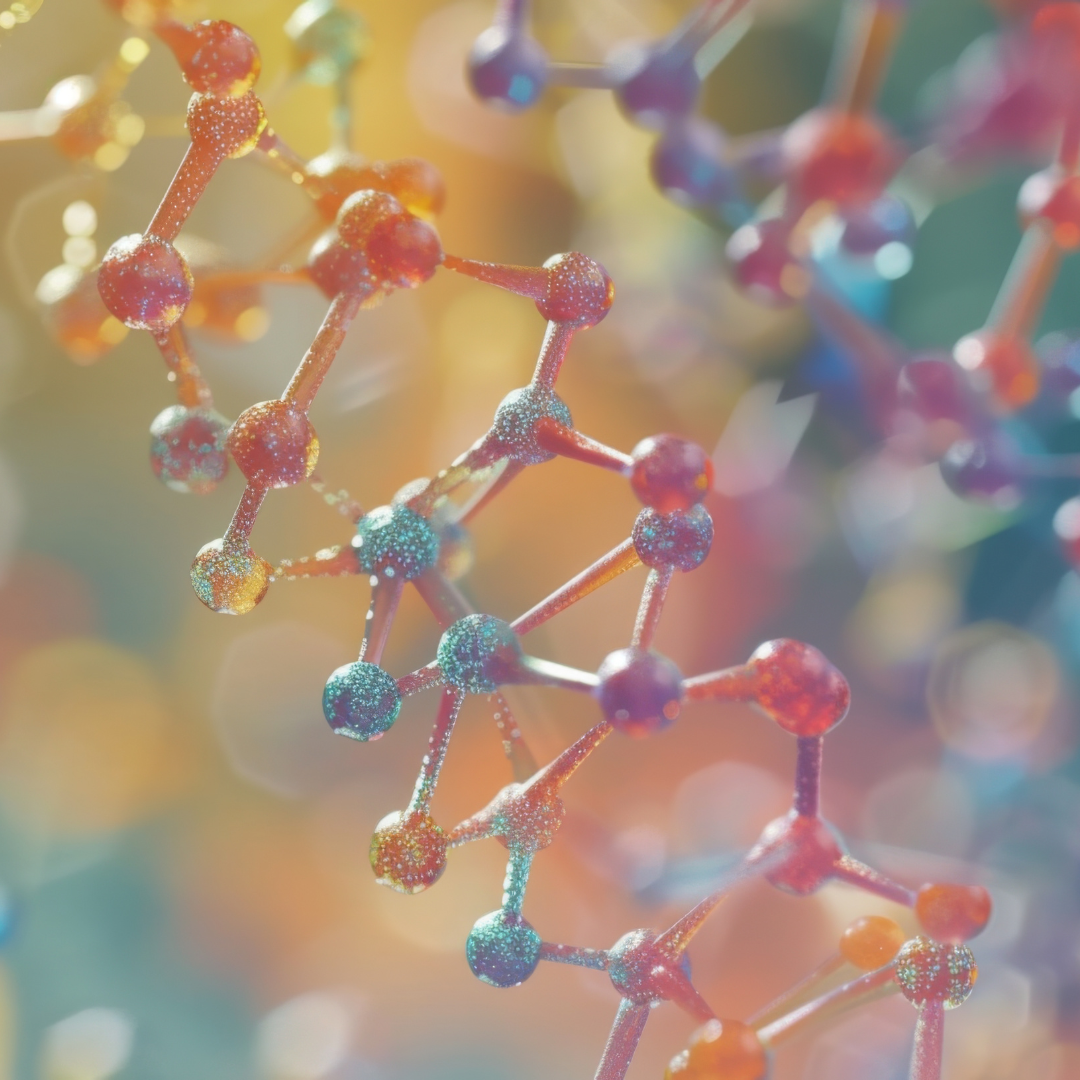The discovery of the endocannabinoid system (ECS) in the early 1990s was one of the most important breakthroughs in modern biology. The ECS is a regulatory network present in all vertebrates, responsible for maintaining balance across multiple systems in the body. Researchers now believe that supporting the ECS may be one of the most effective ways to address conditions related to pain, anxiety, inflammation, and sleep.
As research progresses, cannabinoids and terpenes are being recognized as natural compounds that work with the ECS, and they may represent the future of medicine.
Understanding the Endocannabinoid System
The ECS is made up of three core components:
-
Endocannabinoids – Compounds made by the body that activate cannabinoid receptors.
-
Receptors (CB1 and CB2) – CB1 receptors are primarily located in the brain and nervous system, while CB2 receptors are found throughout the immune system and peripheral tissues.
-
Enzymes – Responsible for synthesizing and breaking down endocannabinoids when they are no longer needed.
Functions of the ECS
The ECS helps regulate:
-
Pain perception
-
Sleep cycles
-
Immune response and inflammation
-
Mood and stress response
-
Neuroprotection and memory
When the ECS is functioning well, these systems stay in balance. When it is underactive or disrupted, problems such as chronic pain, insomnia, and heightened stress responses can occur. Some researchers have suggested that endocannabinoid deficiency may underlie a range of difficult-to-treat conditions.
Cannabinoids: More Than Just CBD
Phytocannabinoids are compounds produced by plants that interact with the ECS. While THC and CBD are the most well known, other cannabinoids are beginning to attract attention in research:
-
CBD (Cannabidiol): Non-intoxicating. Studied for its potential in anxiety reduction, inflammation control, and recovery.
-
CBG (Cannabigerol): Considered the “parent” cannabinoid, as it is the precursor to others. Early studies suggest applications for focus, gut health, and antibacterial effects.
-
CBN (Cannabinol): Formed as THC ages. Associated with relaxation and sleep support.
-
CBC (Cannabichromene): Being studied for possible mood support and anti-inflammatory activity.
When combined, cannabinoids often work synergistically, producing broader effects than when used alone. This interaction is known as the entourage effect.
Terpenes and Their Role
Terpenes are aromatic compounds found in many plants, including cannabis. They contribute to the scent and flavor of plants, but they also interact with the ECS and other pathways in the body.
Some examples include:
-
Linalool (lavender): May support calm and relaxation.
-
Myrcene (hops, mango): Associated with sedative and muscle-relaxing effects.
-
Pinene (pine): Investigated for anti-inflammatory and bronchodilator properties.
-
Limonene (citrus): Linked to mood elevation and stress support.
-
Beta-Caryophyllene (black pepper, clove): Notable for binding directly to CB2 receptors.
When paired with cannabinoids, terpenes can influence the overall effect of a formulation, making terpene profiles an important part of product development.
Why Synthetics Fall Short
Traditional pharmaceuticals are often designed as single-molecule treatments aimed at one target. While this can be effective in some cases, it often produces side effects, tolerance, or diminished results over time.
Cannabinoids and terpenes, in contrast, interact with the body’s existing systems in a more balanced way. Instead of forcing a specific outcome, they appear to support the ECS in restoring equilibrium. This makes them promising candidates for long-term wellness solutions.
The Future of Medicine
Current research suggests that cannabinoids and terpenes could form the basis of new medical approaches in the coming decades. Potential applications include:
-
Pain management without the risks associated with opioids.
-
Anxiety and stress regulation without sedation or dependency.
-
Inflammation control, which may benefit conditions ranging from arthritis to neurodegenerative disease.
-
Sleep support that works with natural circadian rhythms.
-
Neuroprotection for conditions like Alzheimer’s, Parkinson’s, and brain injuries.
As understanding of the ECS deepens, treatments may become increasingly personalized, with cannabinoid and terpene blends tailored to individual needs.
ReleafCBD: Applying the Science Today
ReleafCBD was founded on the principle that cannabinoid science should be practical and accessible. Our formulations are built around the ECS, combining CBD with other cannabinoids and terpene blends for targeted benefits.
We offer multiple delivery methods — pills, sublingual drops, and vape pens — so you can choose the format that fits your lifestyle. Whether you’re seeking support for sleep, calm, focus, or pain, our products are designed with the science of the ECS in mind.
At ReleafCBD, we believe this is the future: plant-based medicine, guided by science, supporting balance across every system in the body.





